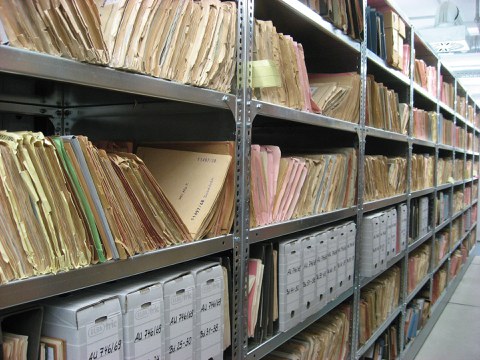Nov 28, 2021
Data archiving - when and how should I archive my research data?
This is the second part of our “archiving” series. The first part can be found here.
In part one, we looked at terminology and found that there is a lot of room for interpretation when it comes to the term “archiving”. In part two, we will be talking about the right time to archive and how to prepare your data for archiving.
First, let’s look at timing: as soon as you know that the data will never change, this is a good time to archive the data set. Therefore, ideal times for data archiving include:
- after the publication of a scientific article
- after submitting a dissertation
- at the end of a project phase
- at the end of a project
And what does the preparation of the data look like? There are a few clear, fundamental principles for this as well:
- Out with the old: only relevant data should be archived (meaning only the raw data and final results; intermediate results are not usually archived because they can be reproduced if needed)
- Structure: the data is put into a (folder) structure that is as self-explanatory as possible, which assists the relevant experts in recognizing connections between the individual files
- Nomenclature: the file names are also adapted in such a way that those interested can navigate the archived data package as well as possible
- Documentation: a (short) text describes what the data is about, what it should be used for - but also what it shouldn't be used for
The data set prepared and described in this way is finally packaged (e.g. in a ZIP file) and uploaded to a data repository (e.g. to the OPARA, Repository of TU Dresden).
Do you have any further questions about archiving? Or any comments about the definition?
You are very welcome to get in touch with us. Feel free to contact us by e-mail via Service Center Research Data or book an appointment appointment.

